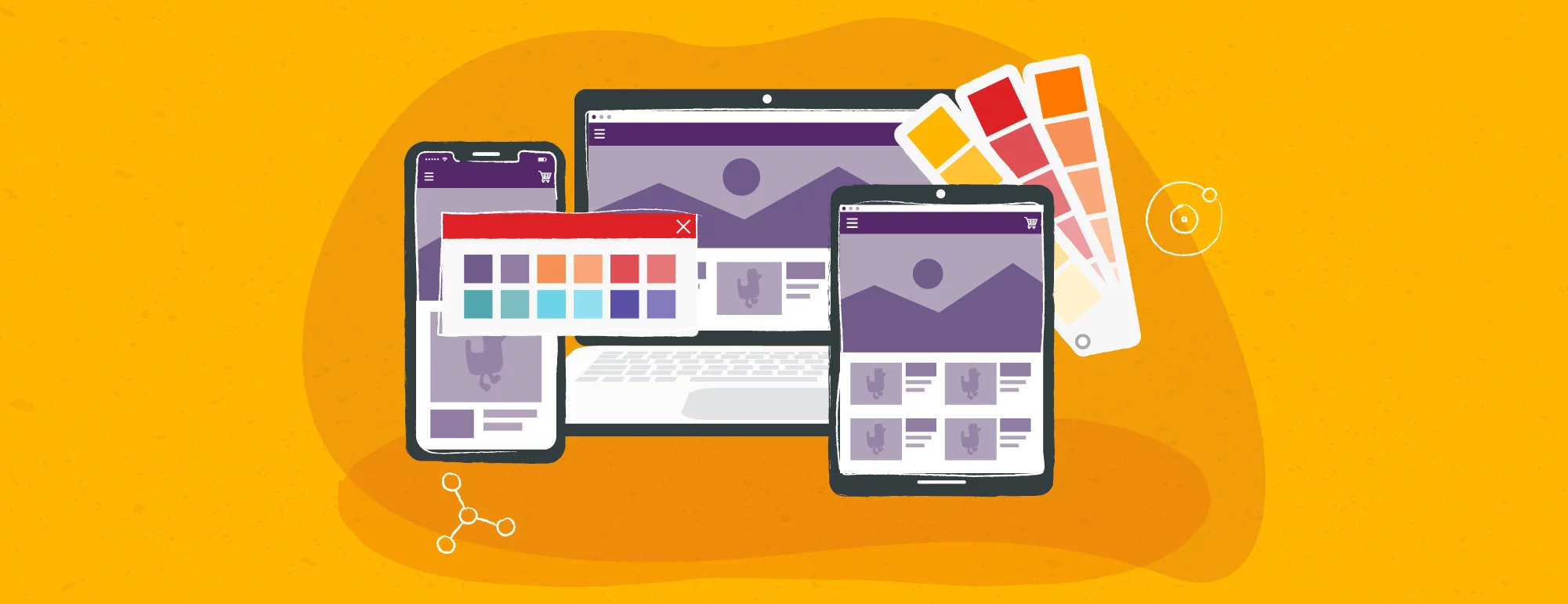MACH Architecture vs Digital Experience Platform (DXP) / Why MACH Technology Dominates
We have already presented our observations on the imperfections of the “monolithic” Digital Experience Platforms (DXPs) and the MACH Architecture’s business and technological advantage over DXPs.
Below we have outlined the most important pros and cons of both DXPs and the MACH architecture to help you answer the question about what to choose, and to show you that microservices and headless in the cloud service (namely MACH) are the best choice.
Why DXP Loses the Game, or Advantages and Disadvantages of Monoliths
Advantages of the DXP:
- A relatively stable tool used by the world’s largest corporations for years.
- Embedded components and functions that are ready to use after installation and configuration.
- Easy permission and access management across the organization with the Single Source of Truth (SSoT).
- Support for many brands in multi-market and multi-language environments.
- Tree structure of the user interface.
- “Protective umbrella” from well-known brands such as Adobe, Sitecore, Salesforce, Episerver, and Oracle.
Disadvantages of the DXP:
- Very high cost of purchase, implementation and maintenance, let alone the cost of potential modifications or deep customization, up to a point that may make the solution lose economic sense.
- A complicated, complex, hard-to-use system that requires a very narrow specialization.
- Inflexible and closed infrastructure with limited scalability.
- Architecture that causes considerable integration difficulties.
- System focused on maintaining the status quo rather than on development, evolution or building a competitive edge.
- The need to involve large and qualified development teams for even small changes and customizations tasks.
- The highest entry threshold and learning curve among content management platforms.
- System constrained by the “vendor lock” – a strong technical dependence on the platform supplier.
- Problems with upgrades and migrations to newer and more expensive versions.
- Creates rather than eliminates silos.
- Foggy technical documentation and really unsatisfactory support from vendors.
- Slow time-to-market.
Don’t let yourself down and switch to MACH!
LET’S TALKWhat Gives MACH the Upper Hand, i.e. The Advantages and Disadvantages of a Microservice Architecture
Advantages of the MACH approach:
- Microservices and the whole spectrum of high-quality services to suit our needs and budget (in the best-of-breed or best-of-budget approach), and pay only for what we use.
- API – strength in the integration possibilities and the flexibility of connections inside and “outside” the system.
- Cloud – its scalability, security, stability and speed of operation unparalleled by any on-premises solutions.
- Headless, which decouples frontend from the backend and creates a personalized tool that responds to real user needs.
- Open architecture that allows quick and agile infrastructure modifications on a micro and macro scale – a system prepared for changes and continuous, business-driven development.
- Possibility to reduce, swap and replace components and (micro)services, and flexibly shape the architecture.
- Upgrades are fully automatic and autonomous, which does not disrupt integrity of the system.
- Low entry threshold and real support from SaaS vendors.
- No “vendor lock” or the need to maintain large development teams
on the client or platform provider side. - Image consistency in many markets, in many languages and in all communication channels.
- Intuitive and easy-to-manage user interface.
- Fast time-to-market = faster ROI.
- Proven and successful transition to MACH by the largest and most technologically advanced names such as Netflix, Amazon, Coca-Cola, Uber, Etsy, Spotify, Zalando, LEGO, MiT, PUMA, NASA, IBM, and Société Générale
Disadvantages of the MACH approach:
- None😉 when you opt for the solution without any legacy architecture in place or when planning to transform your existing architecture.
- Education needed before deployment. And here’s a quick explanation:
As this solution is relatively new, it is likely to be misunderstood
and cause confusion. And while the approach has matured enough for the largest companies to embrace it, those considering dismantling their monolithic platforms may still harbor unjustified concerns that deployment of the MACH architecture is extremely difficult, time-consuming and costly. - In fact, sometimes an already existing infrastructure with high technological debt will not quickly and easily transform into a full MACH architecture. In such a case, to be able to adopt the MACH approach to the full extent, it would be necessary to set up a new architecture next to the existing one, and migrate to it step by step.
- Not every company will want to give up its on-premises solution, which may complicate deployment of the MACH architecture and result in a failure to achieve the full potential, security and computing power of the cloud.
- Headless services or microservices require frontend to be prepared, which means getting the client involved from the start, and a heavier reliance on the development team at the initial phase of the transformation. This is precisely needed to adapt and prepare the front-end to meet the current and future requirements of the organization and its customers.
- Before deciding to adopt MACH, each organization should carefully analyze the possibilities and limitations of its current infrastructure. This means spending extra time preparing and planning the transformation. Only after the consulting phase, will you know whether the MACH architecture is fully achievable for you and fit for purpose.
Okay, but if we already know what to choose, it would be nice to know how to start 😉
How to Start? The Road to the MACH Architecture
Consulting is the first step towards adapting the MACH architecture. It will help you determine the areas of activity, verify business and technological goals, create user paths and potential architecture links. Consulting will also create a roadmap towards the MACH architecture and help divide digital transformation of the organization into shorter and therefore less demanding stages.
Going further, we can prepare API packages to open up our system to what is not only needed now, but also to what we don’t know yet but what will soon turn out to be highly necessary and sought-after by our clients.
The next step may be to decouple the front layer from the backend in our organization’s systems. This in turn will unlock the potential inherent in our tools and allow us to focus on subsequent business challenges rather than on the concrete-clad IT infrastructure that keeps us from moving forward.
The beginning is always the hardest. However, to make a change and move on, you always need to take the first step, however small. Just like LEGO once did, when after the introduction of the “Star Wars” brick sets their entire sales system crashed. To learn a lesson from LEGO’s mishap, we recommend that you start your transformation today.
If you have any questions, want to talk, explore the topic, please contact us!








